Pygmy Hippopotamus
- January 25, 2024
- 0 comment
The Pygmy Hippopotamus, scientifically known as Hexaprotodon liberiensis, is a fascinating and relatively lesser-known species in the animal kingdom. Unlike their larger cousins, the Common Hippos, Pygmy Hippos are characterized by their petite size, with adults typically weighing between 400 to 600 pounds. These remarkable creatures are native to the lush rainforests and swamps of West Africa, including countries like Liberia, Sierra Leone, and Ivory Coast. They are semi-aquatic animals, spending a significant portion of their time in the water, where they can stay cool and protect their sensitive skin from the sun.
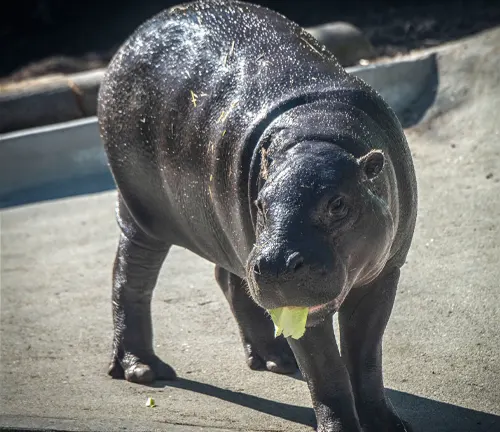
Pygmy Hippos are renowned for their solitary nature, preferring a reclusive lifestyle in the quiet depths of the forest. Unlike the more social Common Hippos, they are rarely seen in groups. Furthermore, Pygmy Hippos are primarily nocturnal, meaning they venture out of the water and into the forest under the cover of darkness to forage for food. This behavior not only helps them avoid predators but also makes them a bit mysterious, as they are rarely spotted during the day.
Their diet consists mainly of vegetation, including leaves, fruits, and grasses. With specialized molars adapted for efficient plant material grinding, Pygmy Hippos are well-equipped for their herbivorous diet.
| Attribute | Description |
|---|---|
| Scientific Name | Hexaprotodon liberiensis |
| Common Name | Pygmy Hippopotamus |
| Size | Adult Pygmy Hippos typically weigh 400 to 600 pounds |
| Habitat | Lush rainforests, swamps, and riversides of West Africa |
| Behavior | Solitary, primarily nocturnal, reclusive lifestyle |
| Diet | Herbivorous, consuming leaves, fruits, and grasses |
| Range | Native to West African countries like Liberia, Sierra Leone, Ivory Coast |
| Conservation Status | Vulnerable due to habitat loss, poaching, and the illegal pet trade |
| Main Threats | Habitat loss, human encroachment, poaching, illegal pet trade |
| Conservation Efforts | Establishment of protected areas, anti-poaching measures, awareness programs |
Pygmy Hippopotamus Overview
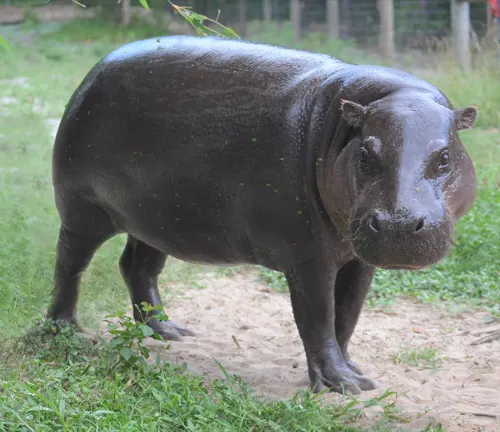
In the vast and diverse animal kingdom, one creature stands out as a peculiar and captivating enigma – the Pygmy Hippopotamus. This fascinating species has intrigued scientists and animal enthusiasts alike for centuries, thanks to its unique characteristics and elusive nature. In this article, we will delve into the world of Pygmy Hippos, exploring their habitat, behavior, conservation status, and more.
Pygmy Hippopotamus – A Miniature Marvel
The Pygmy Hippopotamus, scientifically known as Hexaprotodon liberiensis, is a remarkable mammal that hails from the lush rainforests and swamps of West Africa. Often referred to as the “miniature hippo,” these creatures are distinct from their larger relatives, the Common Hippopotamus (Hippopotamus amphibius), in various ways.
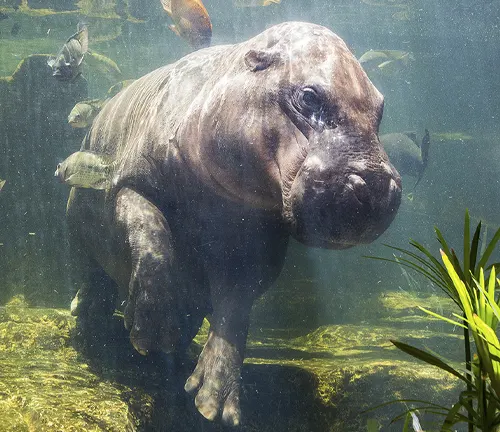
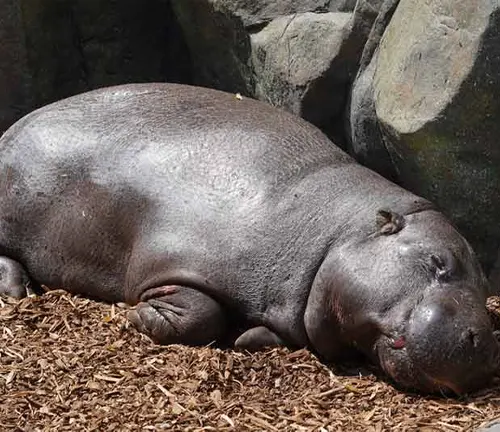
Physical Attributes
One of the most notable distinctions between Pygmy Hippos and their larger counterparts is their size. Pygmy Hippos are significantly smaller, with adults typically weighing between 400 to 600 pounds (181 to 272 kilograms), while Common Hippos can reach a staggering 3,000 pounds (1,361 kilograms) or more. This size difference makes Pygmy Hippos more adaptable to their forested habitats.
Habitat and Range
Pygmy Hippos primarily inhabit the dense rainforests, swamps, and riversides of West Africa, including countries like Liberia, Sierra Leone, and Ivory Coast. They are semi-aquatic creatures, spending a substantial amount of time in the water, which helps them stay cool and protect their sensitive skin from the sun.

Behavior and Diet
Solitary Nature
Unlike the gregarious Common Hippos, Pygmy Hippos are known for their solitary lifestyle. They tend to lead a quiet and reclusive existence, preferring the solitude of the forest. This behavior makes them challenging to spot in the wild, adding to their mysterious aura.
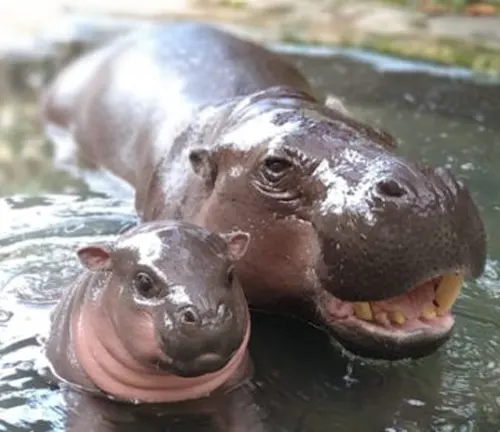
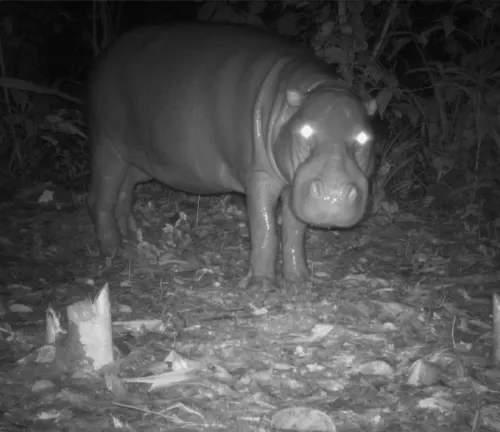
Nocturnal Habits
Pygmy Hippos are primarily nocturnal, venturing out of the water and into the forest under the cover of darkness to forage for food. This nocturnal behavior helps them avoid predators and human disturbances.
Herbivorous Diet
The diet of Pygmy Hippos consists mainly of vegetation, including leaves, fruits, and grasses. Their specialized molars are adapted for grinding plant material efficiently.
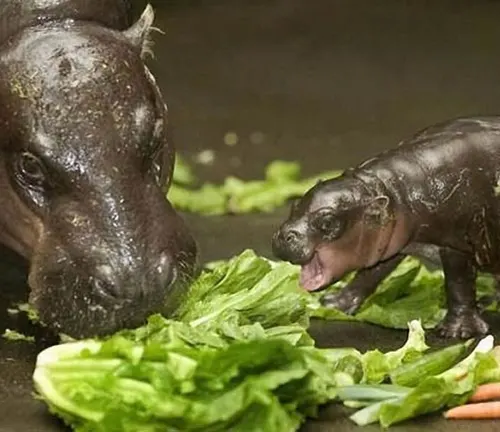
Conservation Status
Despite their intriguing nature, Pygmy Hippos face significant threats in the wild. Habitat loss due to deforestation and human encroachment is a primary concern. Additionally, they are vulnerable to poaching and the illegal pet trade.
Conservation Efforts
Conservation organizations and governments are actively working to protect the Pygmy Hippopotamus and its habitat. Initiatives include the establishment of protected areas, anti-poaching measures, and education programs to raise awareness about the species.
Different Species
The term “Pygmy Hippopotamus” typically refers to a single recognized species, which is the Hexaprotodon liberiensis or the Liberian Pygmy Hippopotamus. There are no different species of Pygmy Hippos that are widely recognized in the scientific community. The Liberian Pygmy Hippopotamus is the only species in the Pygmy Hippopotamus genus (Hexaprotodon)
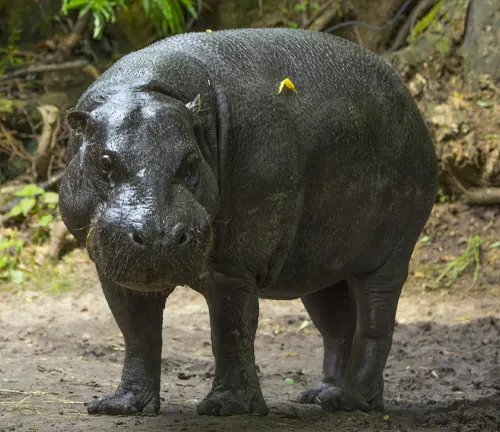
Frequently Asked Question (FAQs)
- What is the Pygmy Hippopotamus, and how does it differ from the Common Hippopotamus?
The Pygmy Hippopotamus, scientifically known as Hexaprotodon liberiensis, is a smaller and distinct species of hippo compared to the Common Hippopotamus (Hippopotamus amphibius). Pygmy Hippos are significantly smaller in size, with adults typically weighing between 400 to 600 pounds, whereas Common Hippos can weigh over 3,000 pounds. Additionally, Pygmy Hippos are more solitary in nature, while Common Hippos are known for their social behavior. Pygmy Hippos are primarily nocturnal, and they prefer a reclusive lifestyle in the forests. - Where is the natural habitat of the Pygmy Hippopotamus located?
The natural habitat of the Pygmy Hippopotamus is the lush rainforests, swamps, and riversides of West Africa. They can be found in countries such as Liberia, Sierra Leone, and Ivory Coast. - What is the average size and weight of an adult Pygmy Hippo?
Adult Pygmy Hippos typically have an average weight between 400 to 600 pounds (181 to 272 kilograms) and a length of about 4.9 to 6.2 feet (1.5 to 1.9 meters). - Are Pygmy Hippos truly miniature compared to their larger relatives?
Yes, Pygmy Hippos are considered miniature compared to their larger relatives, the Common Hippos. While Common Hippos can reach enormous sizes, Pygmy Hippos are significantly smaller and more adapted to their forested habitat. - How do Pygmy Hippos adapt to their forested habitat?
Pygmy Hippos adapt to their forested habitat by being primarily nocturnal, allowing them to forage for food and move about while avoiding predators during the night. They are also more solitary and reclusive, which helps them navigate the dense forests more effectively. - Are Pygmy Hippos social animals, or do they prefer solitude?
Pygmy Hippos are known for their solitary nature. Unlike the more social Common Hippos, they prefer a quiet and reclusive lifestyle in the forests. - What is the primary diet of Pygmy Hippos, and how do they obtain their food?
The primary diet of Pygmy Hippos consists of vegetation, including leaves, fruits, and grasses. They obtain their food by grazing on these plant materials, using their specialized molars for efficient grinding. - Why are Pygmy Hippos primarily nocturnal in their behavior?
Pygmy Hippos are primarily nocturnal to avoid predators and human disturbances. Their nighttime foraging helps them stay safe while searching for food. - What are the main threats to Pygmy Hippopotamus populations in the wild?
The main threats to Pygmy Hippopotamus populations in the wild include habitat loss due to deforestation, human encroachment, poaching, and the illegal pet trade. - Are Pygmy Hippos endangered, and what is their conservation status?
Yes, Pygmy Hippos are considered vulnerable to extinction. Their conservation status is a cause for concern due to the various threats they face in the wild. - How do conservation organizations work to protect Pygmy Hippos?
Conservation organizations work to protect Pygmy Hippos by establishing protected areas, implementing anti-poaching measures, conducting research, and raising awareness about the importance of preserving their habitat and species. - Can Pygmy Hippos be kept as pets, and is it legal?
Keeping Pygmy Hippos as pets is illegal in most countries and poses a significant threat to their survival in the wild. They are not suitable for domestication. - Are there any unique adaptations or physical features of Pygmy Hippos?
Pygmy Hippos have specialized adaptations for their semi-aquatic lifestyle, including webbed feet for swimming and skin that secretes a unique substance to keep it moist and protected. - How do Pygmy Hippos contribute to the ecosystem of their habitat?
Pygmy Hippos play a role in shaping their ecosystem by feeding on vegetation and potentially dispersing seeds, which can aid in forest regeneration. - Are there any cultural or traditional beliefs associated with Pygmy Hippos in their native regions?In some native regions, Pygmy Hippos may have cultural or traditional significance, but this can vary among different communities. They are generally respected and admired for their unique qualities.


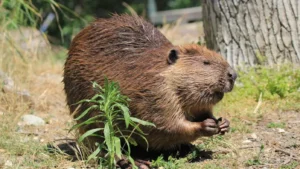

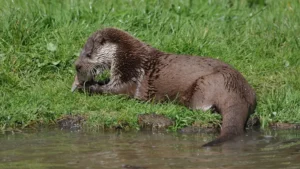
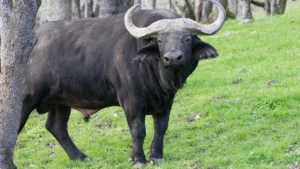
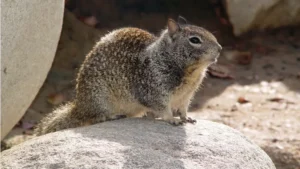
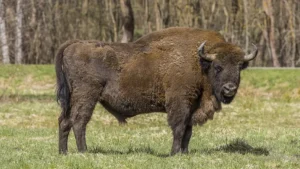






Leave your comment